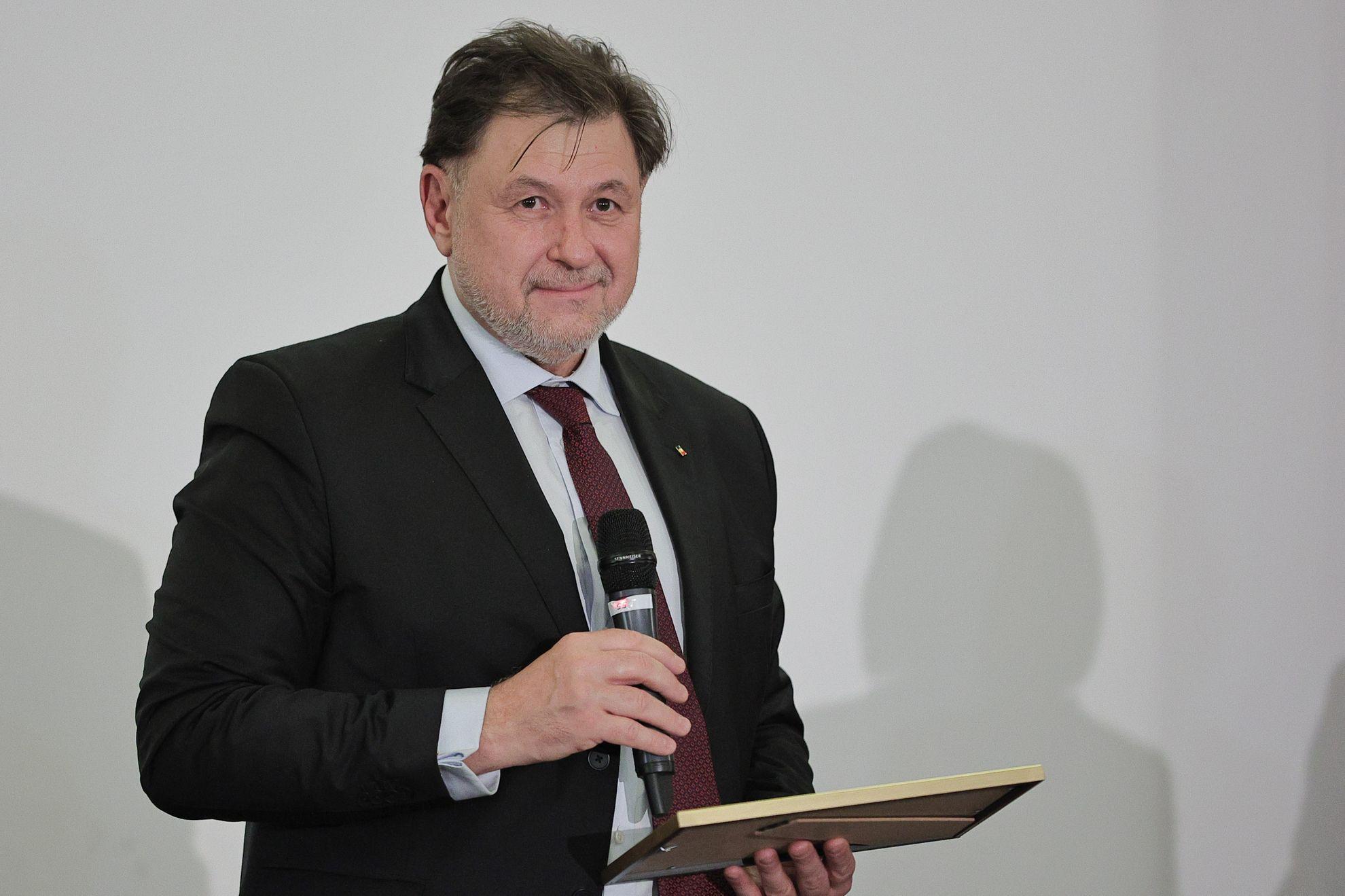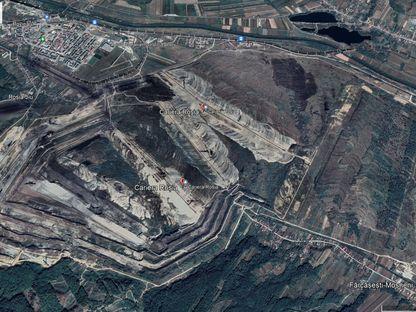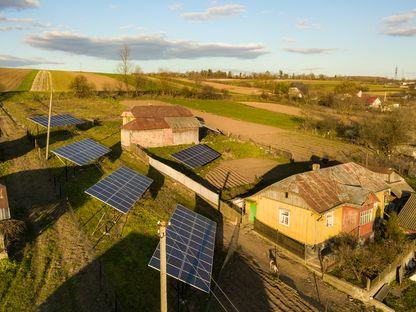At EU level, there is still no homogenised database recording medicine shortages or presenting real-time data in the same language.
But according to the European Pharmaceutical Union's latest 2022 report, all EU countries responding to the survey experienced shortages of medicines in their pharmacies in the last 12 months.
Why are medicines in short supply in Romania? Among the reasons: the effects of the pandemic and the war, the lowest price policy and parallel exports.
At EU level, there is still no homogenised database recording medicine shortages or presenting real-time data in the same language.
But according to the European Pharmaceutical Union's latest 2022 report, all EU countries responding to the survey experienced shortages of medicines in their pharmacies in the last 12 months.
Why are medicines in short supply in Romania? Among the reasons: the effects of the pandemic and the war, the lowest price policy and parallel exports.
Drug scarcities: Why medicines are still in short supply. A cross-border investigation
Over the past 20 years, Europe has seen a 20-fold increase in drug shortages. Governments, including Romania’s, have used the Ukraine war and the energy crisis to obscure other – mostly structural – causes. This Europe-wide investigation (in which PressOne participated) reveals a range of explanations for Europe’s missing medicines.
This cross-border data-driven investigation was organised and coordinated by the Mediterranean Institute for Investigative Journalism (MIIR) within the framework of the European Data Journalism Network (EDJNet).
Data analysis and visualisation was carried out by Corina Petridi (MIIR).
The research was implemented between January and March 2023. Seven other EDJNET members participated: Deutsche Welle (Germany), Il Sole 24 Ore (Italy), PressOne (Romania), Deník Referendum (Czech Republic), El Orden Mundial (Spain), Pod črto (Slovenia), BIQdata (Poland).
Medicines crisis: Europe taken by surprise
On 15 December 2022, the European Medicines Agency (EMA, the EU body responsible for medicine safety) announced that almost all EU countries are facing shortages of medicines. Experts had expected a harsh winter that would test healthcare systems once again, due to Covid-19 and seasonal viruses.
„To be honest, European countries have been taken by surprise, with a huge discrepancy between supply and demand, especially for antibiotics,” acknowledges Steffen Thirstrup, head of health at the EMA.
On 16 December 2022, Romania’s health minister – unfazed by concerns in Europe – talked about the lack of a particular single anti-fever product, a syrup for children. „We are talking about a syrup, and it’s a problem at the manufacturer. There are many other similar products. We have to understand that there is not a crisis of anti-fever drugs. This concerns the active substance. If I’m discussing paracetamol, it exists. There are 20 different kinds of paracetamol,” Alexandru Rafila said.
Mulți ne citesc, puțini ne susțin. Fără ajutorul tău, nu putem continua să scriem astfel de articole. Cu doar 5 euro pe lună ne poți ajuta mai mult decât crezi și poți face diferența chiar acum!
But just before Christmas last year, Alexandru Rafila announced that the Romanian ministry of health is considering a temporary restriction on the export of certain medicines, including antibiotics for children, and cancer drugs.
„This is a global problem. It is not only Romania that is affected. […] This year we have a resurgence of respiratory viruses. […] There are certain problems because of the increased consumption of medicines. Moreover, there is also pressure on production because of inflation, because of the cost of raw materials globally,” said the health minister.
Getting worse
According to the 2022 report of PGEU, a pharmacists’ representative body, all EU countries surveyed have experienced shortages of medicines in pharmacies over the past 12 months. The majority of countries (76%) reported that the situation had worsened compared to the previous year or remained unchanged (24%). No country showed any improvement.
Coal Mining Expansion Leads to Deforestation: Over 470 Hectares of Forest Cut Down in Gorj, Romania
Over the past six years, more than 470 hectares of national forest land have been allocated by the government, without compensation, to the Oltenia Energy Complex (CEO) for the expansion or opening of new coal mines.
The not-so-green Romania. The state delays settlements for photovoltaic panels by 2 years
PressOne reviews the main dysfunctions in the production, consumption and distribution of energy from renewable sources, as revealed by discussions with consumers and data provided by official sources at the request of our editorial office.
„Shortages of medicines are increasing in Europe and have a huge negative impact on patients. Shortages occur in all healthcare settings and involve essential life-saving medicines as well as commonly used medicines,” says Ilaria Pasarani, PGEU Secretary General.
On average, every pharmacy in the European Union spends 6.3 hours a week searching for needed medicines. In some countries, up to 20 hours a week are lost.
„Most European countries continue to report shortfalls. This is seen in 28 of the 30 countries in the European Economic Area. The result would have been the same if you had asked me two weeks ago,” says Steffen Thirstrup of the EMA.
Un newsletter pentru cititori curioși și inteligenți.
Sunt curios
Which countries have experienced the biggest shortages of medicines in recent years?
What are the real reasons and why are we increasingly unable to find the medicines prescribed by our doctor in pharmacies?
What categories of medicines, what active substances are missing and, above all, why are they missing?
Which countries have experienced the biggest shortages of medicines in recent years?
What are the real reasons and why are we increasingly unable to find the medicines prescribed by our doctor in pharmacies?
What categories of medicines, what active substances are missing and, above all, why are they missing?
Answers are often difficult to come by and not always the same for all countries.
Absent Europe-wide reform, each country acts on its own
At European level there is still no homogenised database to record medicine shortages or present real-time data in the same language. There is not even definitive European agreement on how to define a shortage.
So several European countries have adopted a definition given in 2019 by the European Medicines Agency: „A shortage of a medicinal product for human or veterinary use occurs when supply does not meet demand at national level.”
It is often hard to estimate the actual duration of drug shortages due to gaps and inconsistencies in national medical-association registers. Many of the lists do not even give an end date for each shortage. This is the case, for example, in Romania, whose database – which can be consulted here – does give some estimated dates for the resumption of sales, but only in very few cases and without confirming explicitly when it happens. Most European countries have only started collecting standardised data on shortages in the last five years.
Vrem să putem relata în profunzime despre viața de zi cu zi a românilor, așa cum e ea. Dacă e important și pentru tine, alătură-te susținătorilor presei independente! Orice sumă contează. Ne ajută dacă donezi acum.
There are also notable differences in the obligation to report shortages. For example, in Denmark, notifications are only made for „serious” shortages, whereas in Sweden, the system reports shortages that are expected to last more than three weeks.
There are countries that do not even provide a registration website. In others the database includes human, hospital, veterinary and vaccines in parallel. This lack of standards for registration and reporting of gaps hinders the exchange of information and benchmarking between countries.
The European Medicines Agency (EMA) confirmed that it does not keep aggregated data for all EU countries. Instead, the EMA referred us to the websites of national medicines registers. „Some countries have a very detailed network collecting information from community pharmacies and hospital pharmacies. But not all have it to the same degree. Some countries have sophisticated IT systems to analyse supply and demand and can therefore respond much faster,” explains Steffen Thirstrup of the EMA. He hopes this gap will be closed in the future.
România, între „penurie” și „discontinuități”
Reform of the EU’s pharmaceutical industry has been on hold for years, but the commission says it is one of the priorities of its current mandate, which expires in 2024. Among other things, the upcoming new framework aims to improve the security of supply of medicines in Europe and to facilitate access to them.
However, the measure has been delayed several times, including this year, when Brussels said they had a „very busy” agenda. „It is very difficult to reach a consensus. Member countries can’t agree on what a shortage means, for example, because there are so many diverging interests,” a European health expert tells PressOne.
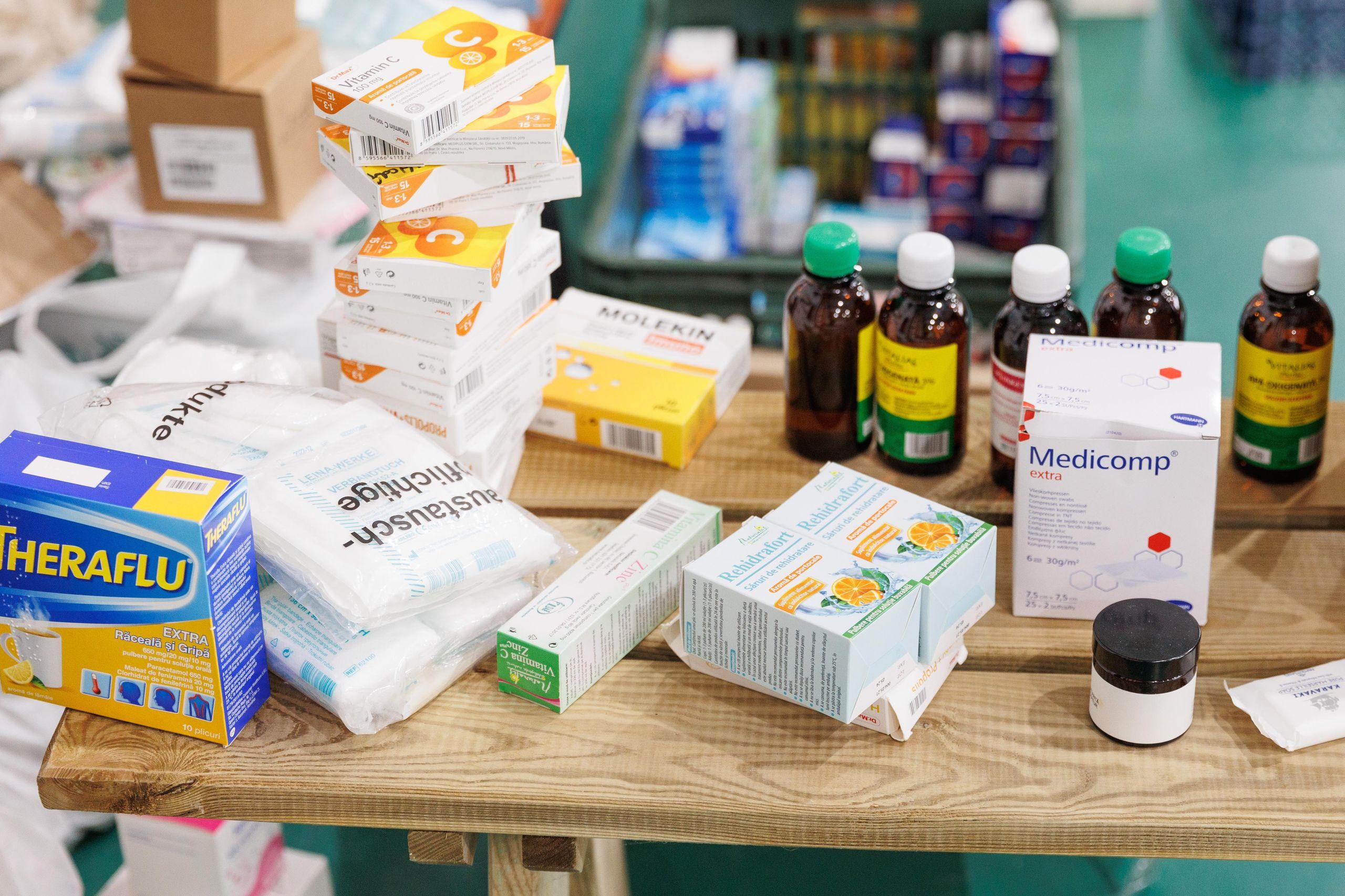
Foto: Inquam Photos / Bogdan Buda
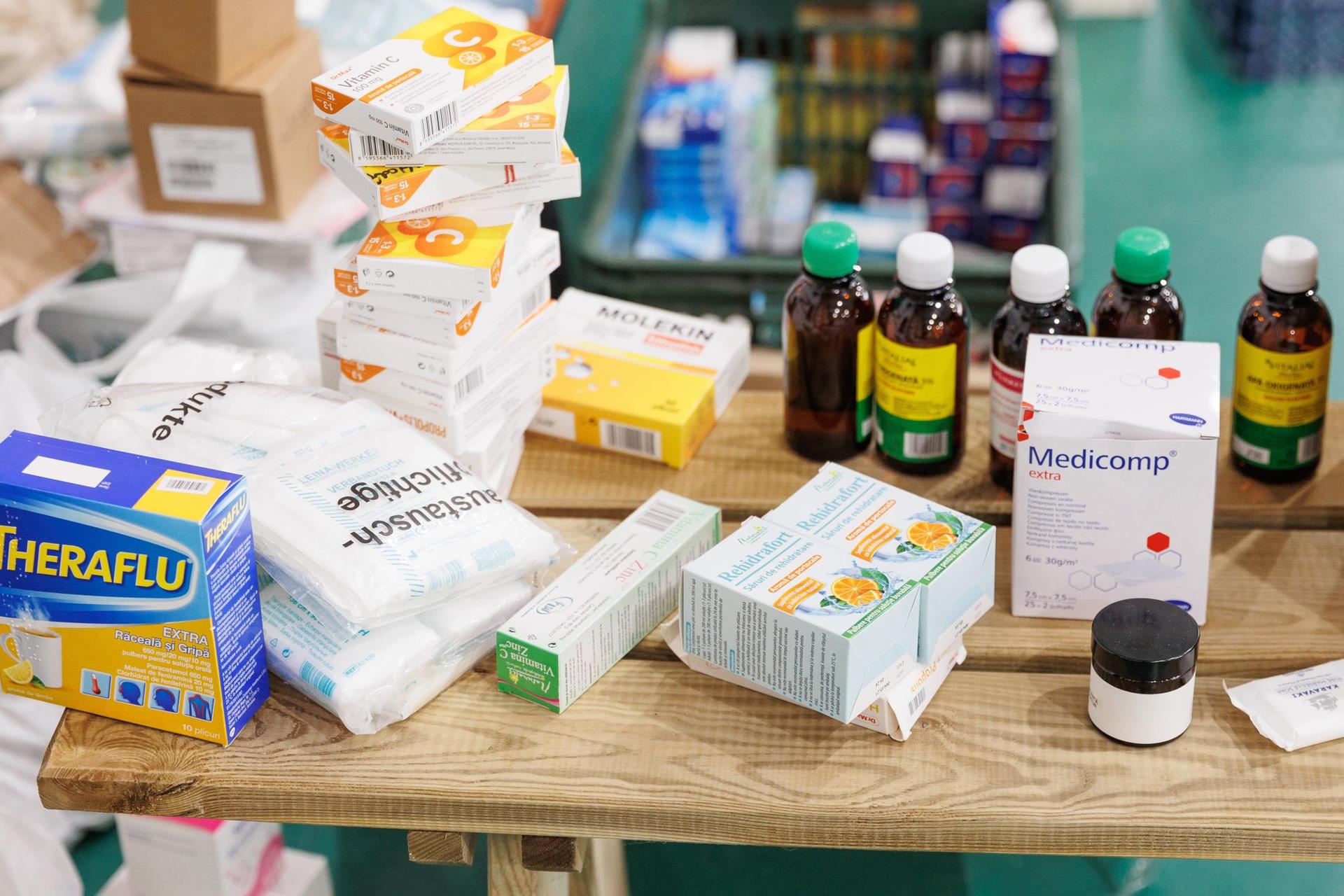
Foto: Inquam Photos / Bogdan Buda
The last comprehensive review of pharmaceutical legislation was almost 20 years ago. In this context, I asked the president of the College of Pharmacists whether or not Romania is experiencing a shortage of medicines. Dumitru Lupuleasa thinks the term is too „broad”. But that doesn’t mean things are fine, as he explains:
„Discontinuities do exist and these can have extremely serious consequences. It depends on when it occurs. Scarcity implies a longer period of time. A discontinuity, however, means a shorter period when certain medicines may be in short supply or even missing.”
Sorin Paveliu, a public-health expert, makes similar observations. He sees systemic problems in Romania that have been going on for years.
„There is not really a drug crisis in Romania. Instead, there is a long-standing systemic problem. Disruptions have arisen because manufacturers are not happy to sell their medicines at a low price in this market.”
More than 22,000 medicines lacking in the last five years
In an attempt to partially fill the information gap at European level, the Mediterranean Institute for Investigative Journalism (MIIR), together with EDJNet newsrooms, including PressOne, spent three months researching data and succeeded in creating an up-to-date database, as homogeneous as possible, on the shortage of medicines in Europe.
The joint database contains 22,107 different entries over a period of five years (2018-23) in a total of nine European countries (Germany, Italy, Spain, Slovenia, Czechia, Greece, Romania, Austria and Belgium) where reliable data could be gathered (either from national medical associations’ published statistics or by submitting data requests to national authorities).
Specifically, data includes the ATC (Anatomical Therapeutic Chemical) classification, the name of the commercial entity with marketing authorisation, the start and end date of the shortage, and the reasons why the medicine was withdrawn from circulation. For Romania, the ATC classification was not possible because the database does not contain these codes and the official information request sent by PressOne to the National Medicines Agency on 10 February 2023 has not yet been answered with anything other than a registration number.
For Romania, the ATC classification was not available, because the database does not contain these codes and the request for information of public interest sent by PressOne to the National Medicines Agency on 10 February 2023 has remained unaswered.
Over the last five years, Italy has recorded by far the highest absolute number of shortages (10,843) of medicinal products for human use, before Czechia (2699) and Germany (2355). Greece (389) is the country with the lowest absolute number of shortages.
Similarly, there were 371 vaccine shortages in the countries surveyed in 2018-23, with Italy leading the way (144 vaccine shortages), followed by Germany (102) and Czechia (57). Belgium recorded the fewest shortages (8).
However, looking at the absolute number of medicines and vaccines in short supply is not always the best way to draw reliable conclusions, since not all countries keep track of stocks with the same consistency and criteria. In addition, there are different reference populations and different levels of demand. The varying import-export balance of pharmaceuticals is also relevant.
Consequently, the indicator that best describes the situation in each country is the duration of the shortage. On the basis of the data analysed, the average European shortage lasted 94 days. In other words, it typically takes more than three months for a medicine to return to the market for patients.
MIIR’s analysis of the data shows that Greece has the longest average duration of shortage (130 days), followed by Germany (120 days) and Belgium (103 days).
The European average shortage of vaccines, again excluding extreme cases, is 84 days, slightly less than for medicines. In the case of vaccines, the longest median shortage is recorded in Italy (111 days), Germany (68 days) and Czechia (66).
For Romania, we know nothing. Romania does not record data about the end of medicine discontinuations.
What medicines are missing in Romania
Amoxicillin. Azitrox. Nexium. Zentiva omeprazole, Theraflu: in Romania these are among the 662 medicines that in February 2022 had at least a discontinuity of supply, if not a chronic shortage. PressOne asked the National Medicines Agency for clear data on medicines and vaccines that are difficult or impossible to obtain for Romanian patients.
Some vaccines are in particularly short supply, especially those administered to children: Silgard (anti-HPV, missing since 2018), Tetraxim (tetanus, polio, whooping cough), Engerix (hepatitis B), Hexacima (similar to Tetraxim), Verorab (rabies), Fluenz Tetra (flu vaccine), Stamaril (yellow fever), Typhim (typhoid).
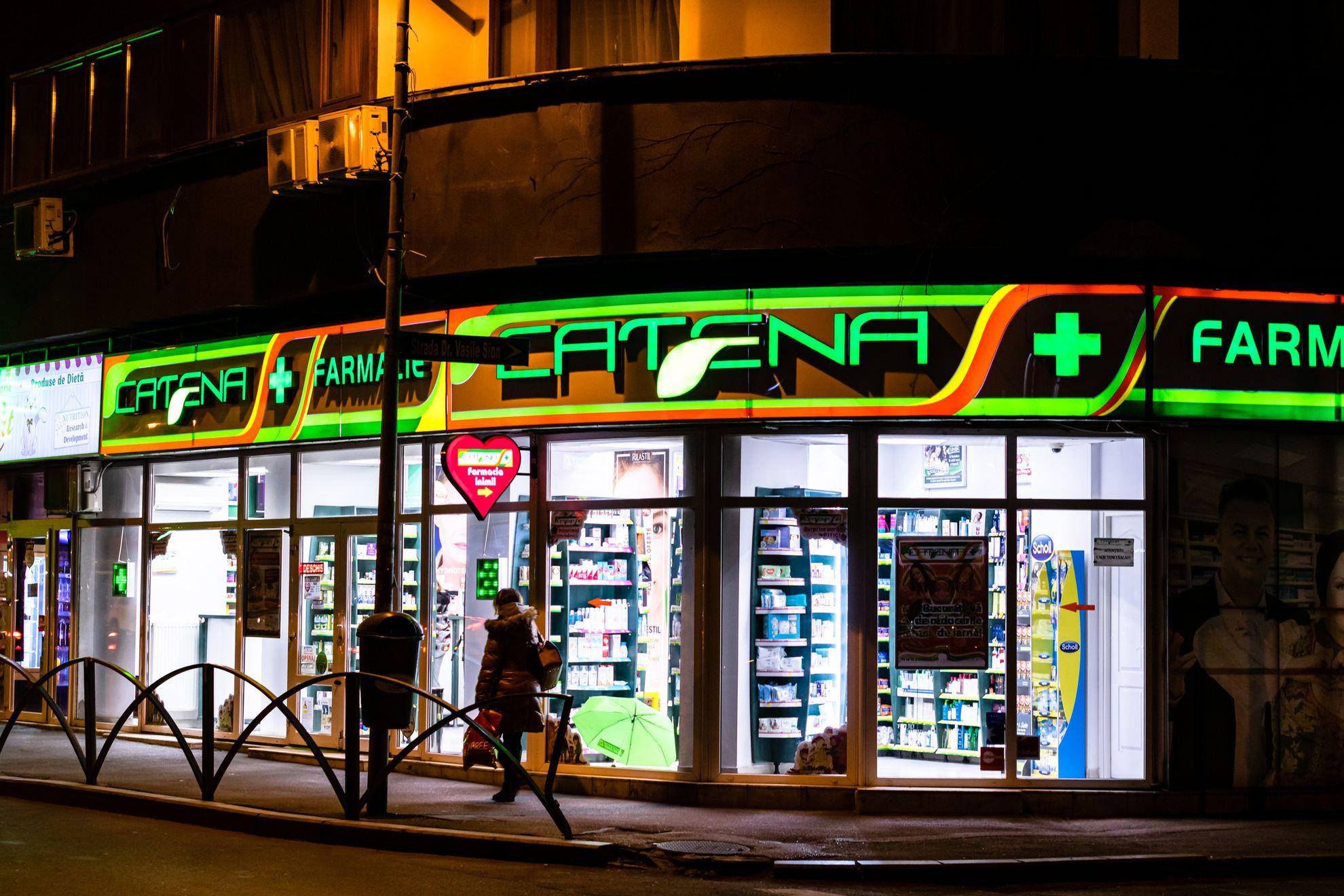
Foto © Vlad Ispas | Dreamstime.com
Most of these shortages are classified by the National Medicines Agency as „temporary”. The clear date from which the disruption began is specified. Nowhere, however, is there a provisional end date. This is because, technically speaking, „a temporary discontinuity” can in fact go on indefinitely. Dumitru Lupuleasa, president of the College of Pharmacists, explains:
„Technically speaking, [the discontinuity] can extend from a few months to years. Because you never know what can happen at the level of synthesis of raw materials.”
What medicines are missing in Europe
According to the analysis, in a total of six countries (Germany, Spain, Greece, Austria, Slovenia, Czechia), most of the missing medicines are those related to the nervous system (1718 medicines, 19.0% of the total).
These include anaesthetics, psychotropics, antidepressants, anxiolytics, antiepileptics, antiparkinsonian drugs. In second place are cardiovascular medicines (1307, 14.5% of total shortages) and in third place are systemic anti-infectives, i.e. antibiotics (1126 medicines, 12.5% of the total).
Drug shortages in Romania are explained by pandemic and war, but also by the lowest-price policy
Among explanations cited by both the European Commission and national authorities (including the health minister in Bucharest) are the shortages of raw materials from Asia, the effects of the pandemic on international trade and supply chains, the energy crisis and rising production costs, and general inflation.
„Unfortunately, all the synthesis of active substances has shifted to China and India. As a result we are in deficit. All of Europe is feeling concern about the raw materials it needs to rely on,” says Dumitru Lupuleasa of the College of Pharmacists.
Public-health expert Sorin Paveliu notes that the pandemic and energy prices „have primarily affected the production of generic medicines. Including those manufactured in Romania. There are difficulties with the supply of raw materials. Because of higher costs they can no longer meet the prices set by the health minister a long time ago.”
But Romania also has certain peculiarities that make any shortage even more acute. These involve the way the system has been designed, vested interests (including voting constituencies), economic opportunism and poor regulation.

Foto: John6863373 | Dreamstime.com
Statistically, Romania has among the lowest prices for prescription drugs in the European Union. The state has intervened by fixing prices according to a fixed mechanism, without making adjustments over the years. This has led some manufacturers to withdraw from the market.
„Romania has often had the lowest prices in Europe. But in the current conditions, things can no longer stay that way. This is also the reason why discontinuities are more pronounced in Romania than in other countries, where prices are more average,” comments Dumitru Lupuleasa, the pharmacists’ representative.
However, a revision of the price calculation system and the list of compensated medicines, in line with new treatments available to other European patients, would entail higher costs. These would be passed on both to the state budget and to patients.
„The change in medicine prices means an additional cost to patients. It is an unpopular measure, and politicians shy away from it. Medicines are paid for by national social insurance, and so affect the social-insurance budget. There is a reluctance to increase the price: whatever you do, you create a new cost in the budget,” says Sorin Paveliu.
Romania has one of Europe’s lowest healthcare budgets, and the government is currently discussing further cuts in spending.
At the same time, if the pricing mechanism were changed, Romania might find that it simply cannot afford certain drugs. PressOne asked the president of the College of Pharmacists which patients would be sacrificed. „It’s hard to say. It’s up to the decision-makers. Because it’s a dilemma you can’t really get out of. If you stick to very low prices, the number of medicines disappearing from Romania will increase. On the other hand, all modern therapies are very expensive. So how do you divide it up?”
Recently, the health minister, Alexandru Rafila, announced a price update in line with inflation for medicines worth up to 50 Romanian lei (€10).
Opportunistic distributors and parallel export
„Parallel export” (which refers to the re-export of medicines to European countries which have a better pricing policy, thus increasing the profitability of pharmaceutical products) is a sore point between drug manufacturers and retailers, because pharmacies use it to claw back part of the industry’s profits. It is also why multinational pharmaceutical companies strictly control the quantities they give to individual pharmacies. All this encourages pharmacists who can get medicines directly from companies to do so, even if this happens at a slower pace.
For PressOne, public health policy expert Sorin Paveliu explains succinctly the modus operandi of parallel exports from Romania: „Medicines come to Romania on paper at a very low price imposed by the Romanian state. Once in the pharmacy they are ‘bought’ by third parties, who put them in the car and take them abroad. They don’t even get to the counter. The supply gap is created because there is more money to be made from re-exporting medicines from Romania, where they come at a low price. The same goes for medicines produced here, usually generics. The manufacturer is a commercial agent and wants to survive by any means, including export.”
According to information requested by PressOne from the College of Pharmacists, the big distributors are also believed to contribute to parallel exports or shortages of medicines in certain regions, since most of them have developed their own chains of pharmacies.
„I think national distributors should bear in mind that distribution is not preferential. Unfortunately, very often the big distributors also have their own pharmacy chains. And then they favour themselves in supplying them and what is left goes to others. The same distributors are also exporting in parallel. What we need is medicines for all patients in Romania and equality in terms of how everyone gets the medicine they need,” says Dumitru Lupuleasa. „Sometimes a medicine doesn’t even get into Romania, because it goes to countries where prices are higher. These discontinuities will become more pronounced and should worry everyone.”
This cross-border data-driven investigation was organised and coordinated by the Mediterranean Institute for Investigative Journalism (MIIR.gr ) within the framework of the European Data Journalism Network (EDJNet). Data analysis and visualisation was carried out by Corina Petridi.
The research was implemented between January & March 2023 and seven other EDJNET members participated: Deutsche Welle (Germany), Il Sole 24 Ore (Italy), PressOne (Romania), Deník Referendum (Czech Republic), El Orden Mundial (Spain), Pod črto (Slovenia), BIQdata (Poland).
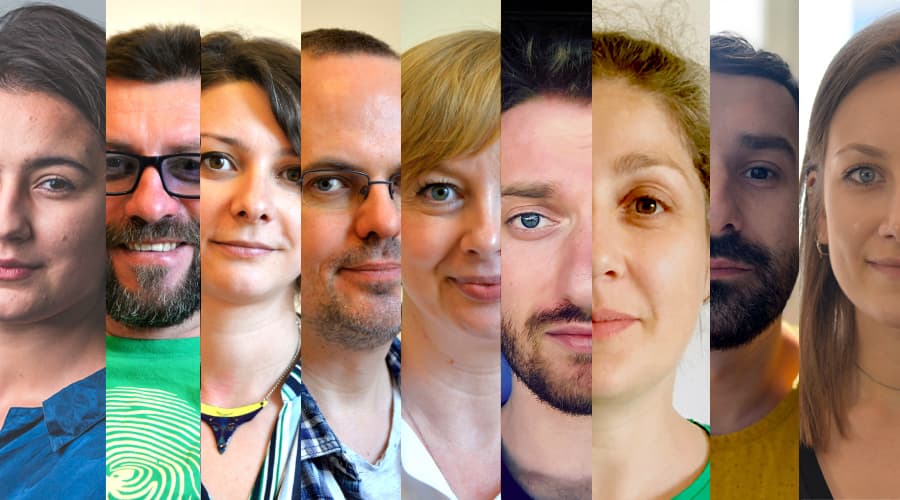
Avem nevoie de ajutorul tău!
Mulți ne citesc, puțini ne susțin. Asta e realitatea. Dar jurnalismul independent și de serviciu public nu se face cu aer, nici cu încurajări, și mai ales nici cu bani de la partide, politicieni sau industriile care creează dependență. Se face, în primul rând, cu bani de la cititori, adică de cei care sunt informați corect, cu mari eforturi, de puținii jurnaliști corecți care au mai rămas în România.
De aceea, este vital pentru noi să fim susținuți de cititorii noștri.
Dacă ne susții cu o sumă mică pe lună sau prin redirecționarea a 3.5% din impozitul tău pe venit, noi vom putea să-ți oferim în continuare jurnalism independent, onest, care merge în profunzime, să ne continuăm lupta contra corupției, plagiatelor, dezinformării, poluării, să facem reportaje imersive despre România reală și să scriem despre oamenii care o transformă în bine. Să dăm zgomotul la o parte și să-ți arătăm ce merită cu adevărat știut din ce se întâmplă în jur.
Ne poți ajuta chiar acum. Orice sumă contează, dar faptul că devii și rămâi abonat PressOne face toată diferența. Poți folosi direct caseta de mai jos sau accesa pagina Susține pentru alte modalități în care ne poți sprijini.
Vrei să ne ajuți? Orice sumă contează.
Share this

